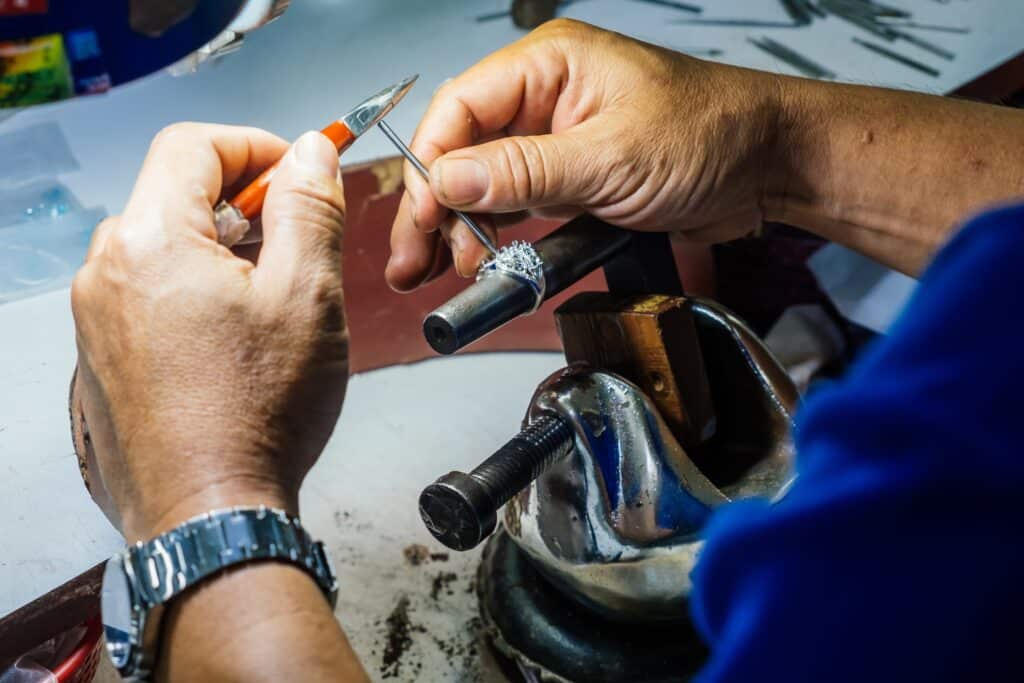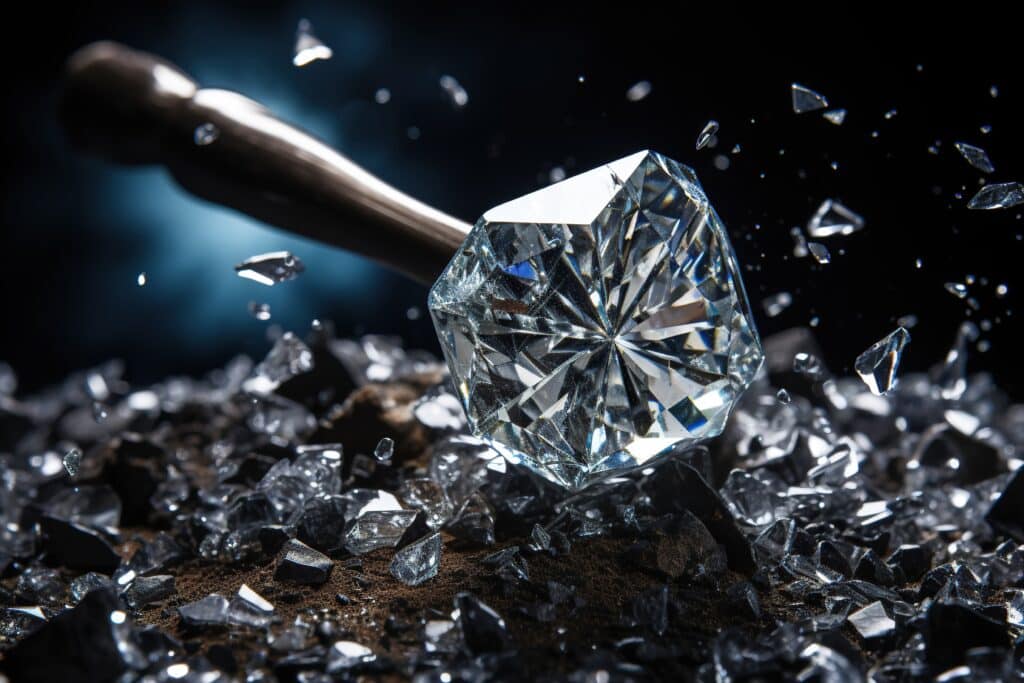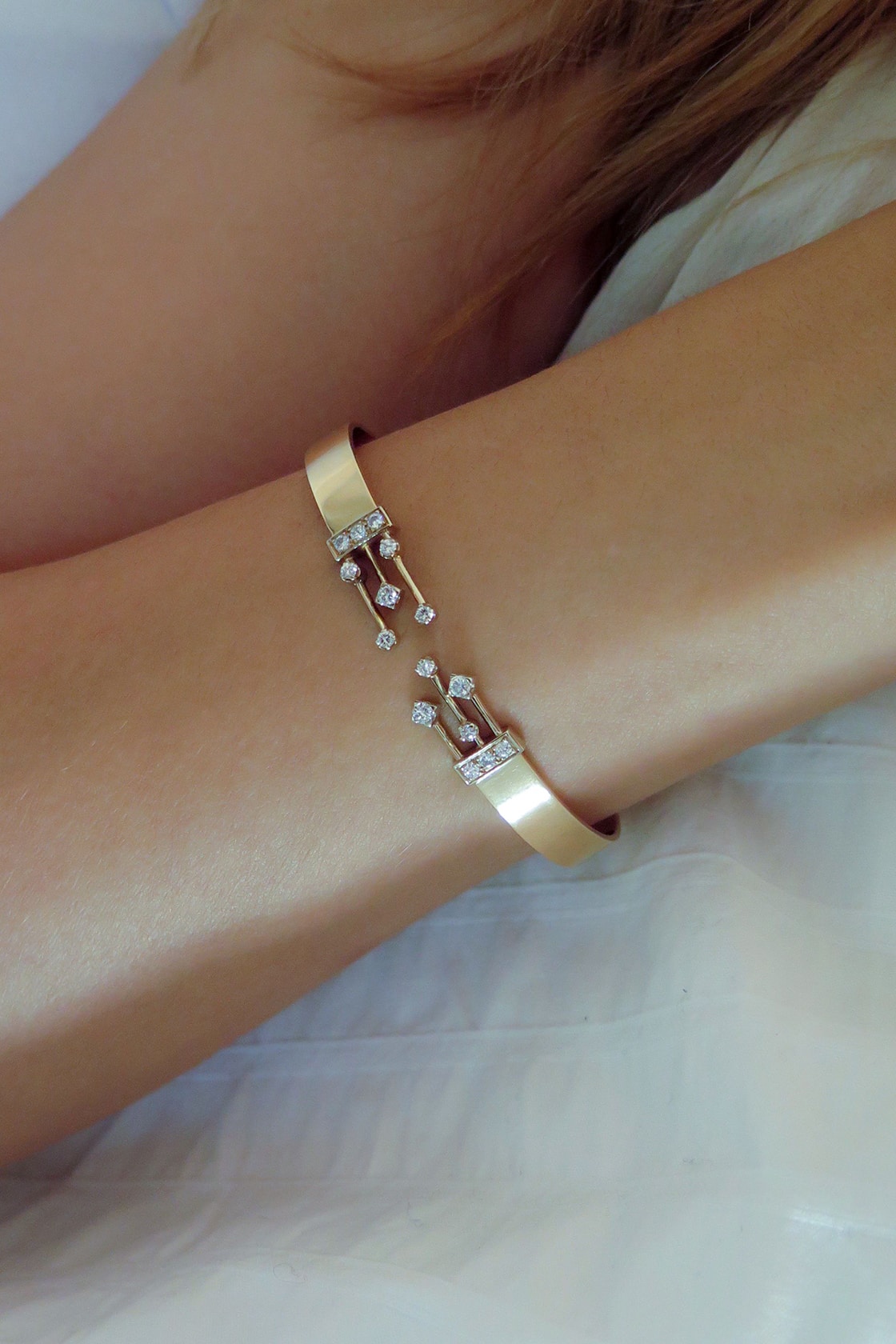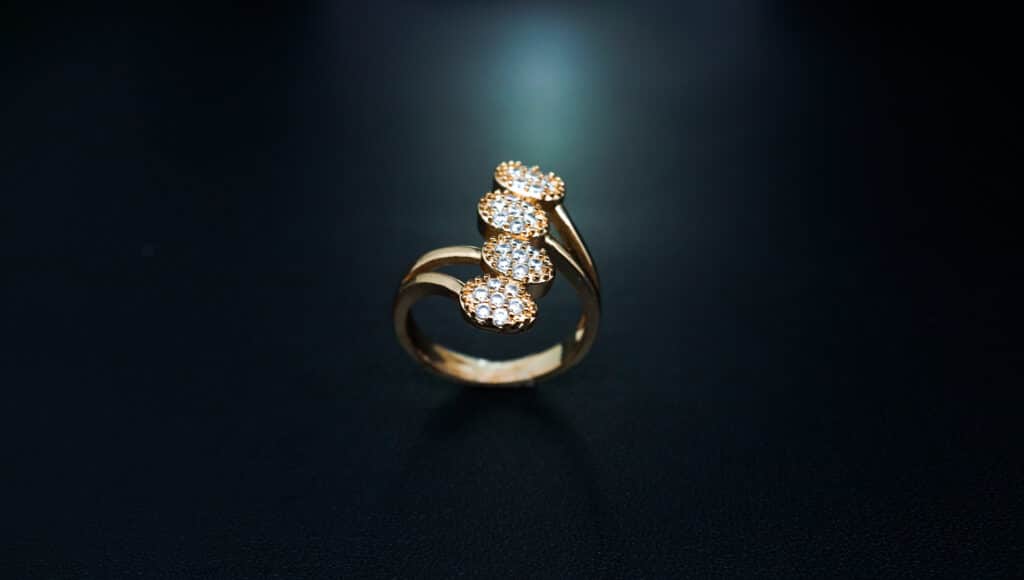Blog
The role of sustainability in luxury jewelry
In a world where environmental consciousness is intensifying, luxury jewelry consumers are becoming increasingly attentive to sustainability. According to a survey conducted by McKinsey & Company, nearly 70% of luxury consumers consider sustainability an important factor in their purchasing decisions.
In response to this demand, luxury jewelry houses have committed to developing sustainable strategies such as the use of recycled or sustainable materials and supporting social or environmental projects. Atelier Bravig, a luxury jewelry brand in Luxembourg, provides insights into the role of sustainability in the sector.
History of the jewelry industry and its challenges
The jewelry industry has traversed the ages, evoking luxury, elegance, and symbolism. From humble beginnings in ancient civilizations to the splendor of the Renaissance, it has undergone a fascinating evolution. However, this history is also woven with complexities, conflicts, and significant environmental and social impacts.
Origins of the jewelry industry
The history of the jewelry industry dates back millennia, with traces reaching ancient Egypt, where jewelry symbolized social and religious status. Greek and Roman civilizations also contributed to the evolution of this craft, highlighting mastery in manufacturing techniques and the use of precious gemstones. In the Middle Ages, jewelry guilds preserved craftsmanship and manufacturing secrets, while the Renaissance saw the emergence of unique artistic styles. The jewelry industry then industrialized over the centuries, transitioning from artisanal to large-scale production.

Historical environmental and social impacts
However, throughout the ages, the jewelry industry has generated considerable environmental and social impacts. Diamond mines and manufacturing workshops, for example, have often been the stage for laborious practices and challenging working conditions. Furthermore, unregulated gemstone extraction has led to devastating ecological consequences in some regions, causing deforestation and soil and water pollution.
The jewelry industry today
Today, the jewelry industry faces an unprecedented awareness of these issues. Informed and ethically conscious consumers demand significant changes. Companies, in turn, are reorienting their practices toward sustainability. Initiatives such as gem traceability, the promotion of synthetic stones, and the use of recycled precious metals mark a transition toward more ethical and responsible jewelry.
Through our creations at Atelier Bravig, we continually strive to value artisanal craftsmanship and promote transparency throughout the supply chain. Our artisans are committed to using only superior and durable materials, all under strict and constant quality control.
Challenges of sustainability in luxury jewelry
Beneath the sparkle of diamonds and the splendor of precious metals often lie challenges related to sustainability.
- Environmental impacts: raw material extraction, manufacturing, distribution
The extraction of raw materials is the first step in the jewelry-making process, but it carries significant environmental consequences. Diamond and precious metal mines can lead to ecosystem degradation, water pollution, and deforestation. Jewelry manufacturing, often energy-intensive, also contributes to the industry’s carbon footprint. Moreover, the global distribution of luxury jewelry adds a logistical dimension, with ecological impacts related to international transport.
- Social impacts: working conditions
Beyond the brilliance of gemstones, working conditions in mines and manufacturing workshops are often overshadowed. Workers may be exposed to health risks, precarious working conditions, and insufficient wages. Material traceability thus becomes a critical challenge to ensure fair social practices throughout the supply chain.
- Expectations of environmentally and socially conscious consumers
Luxury jewelry consumers, increasingly aware of their purchasing power, are calling for changes. They aspire to jewelry that shines not only for its aesthetics but also for its positive impact. The growing demand for transparency and traceability pushes brands to rethink their practices, adopting sustainable and responsible approaches to meet the ethical expectations of their clientele.

Initiatives of luxury jewelry brands
The initiatives of luxury jewelry brands reflect a profound shift in the perception of beauty and luxury. Innovation, transparency, and responsibility become the pillars of a new era where the brilliance of jewelry is accompanied by a commitment to sustainability.
- Improving traceability
Faced with numerous consumer concerns, luxury jewelry brands are doubling efforts to improve the traceability of their jewelry. By documenting each step of a gem’s journey, from its origin to the display case, brands seek to ensure ethical practices throughout the supply chain. Transparency thus becomes a guarantee of trust, enabling customers to consciously choose jewelry that embodies not only beauty but also integrity.
- Use of alternative materials: synthetic stones, recycled metals, bio-sourced materials
The quest for sustainability leads some brands to reconsider materials traditionally used in jewelry. Synthetic stones, indistinguishable from their natural counterparts, enter the scene, offering an ethical and eco-friendly alternative. Similarly, the use of recycled metals and bio-sourced materials reduces the environmental impact of luxury jewelry production. These bold choices demonstrate a commitment to preserving beauty without compromising the balance of the planet.
- Waste reduction: upcycling, reuse, repair
Far from ephemeral culture, other brands are committed to extending the life of their creations. Upcycling, reuse, and repair become pillars of the sustainable approach adopted by these luxury jewelry houses. By encouraging customers to reinvent their existing jewelry or offering repair services, these initiatives aim to reduce waste and breathe a second life into precious pieces.
- Consumer awareness: communication on sustainable commitments
Transparent communication on sustainable commitments becomes a must for luxury jewelry brand initiatives. Through awareness campaigns, sustainability reports, and collaborations with influential figures, these brands seek to educate and inspire consumers. By sharing their values and actions, they encourage clientele to make more engaged choices.
Luxury jewelry promises a future where ethical beauty becomes the norm, and every gem’s sparkle reflects an industry in transformation. Driven by ethical ambition, Atelier Bravig is committed to environmental and nature preservation, with special attention to individual respect.
Explore the perfect alliance between timeless elegance and ethics with our luxury rings, high-end bracelets, or our luxury necklaces.

 Français
Français




